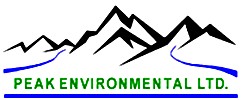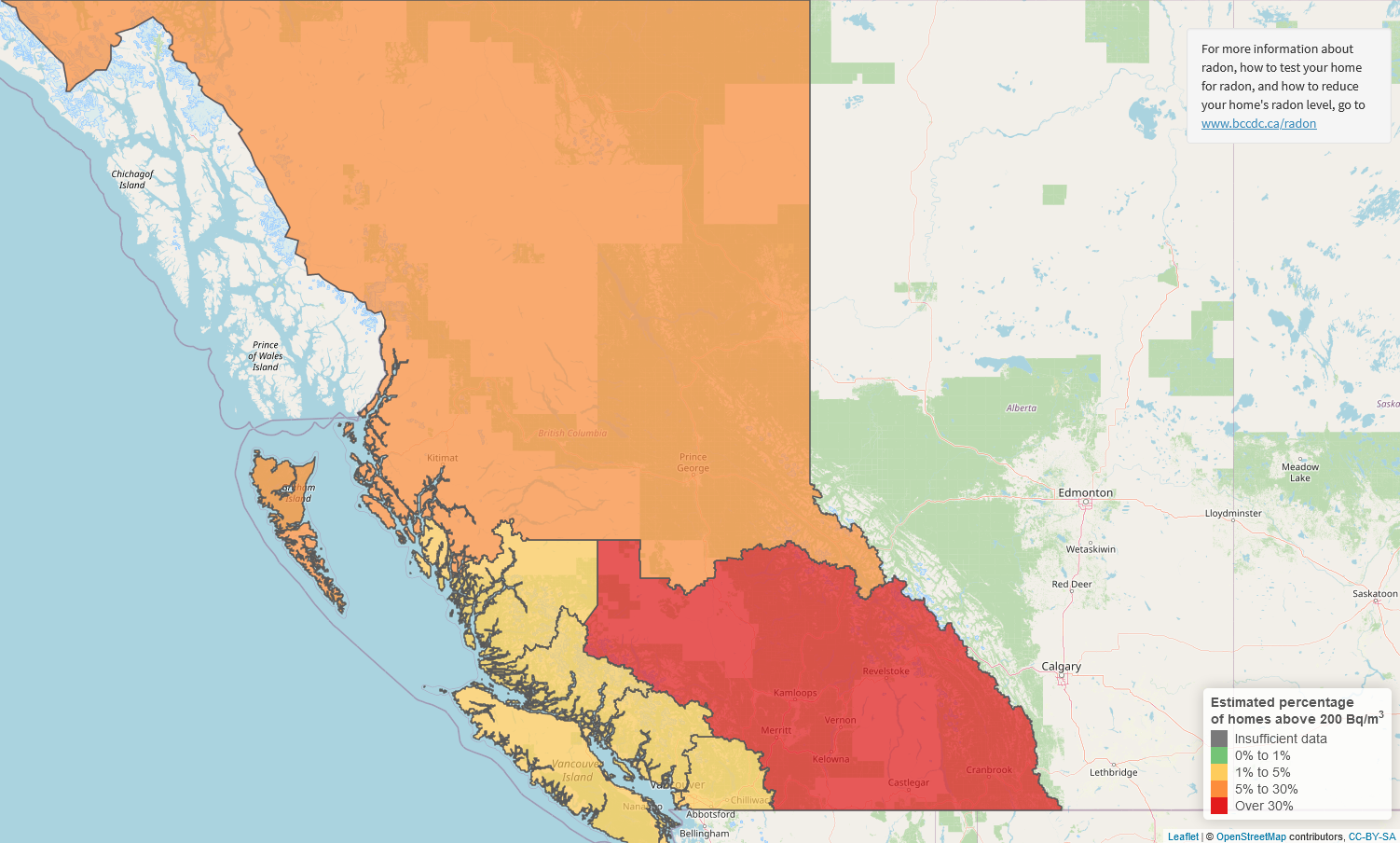Radon is a naturally occurring colorless, odorless and tasteless radioactive gas resulting from the decay of uranium in soil and rock. Radon enters buildings through cracks or other holes in the foundation, or in the case of buildings with a crawlspace, directly from the soil. Even in areas where the soil / rock is not rich in uranium, radon can be introduced by using uranium-containing soil for fill, or rock for foundation or rock work.
Radon is a known carcinogen, producing radioactive products known as radon daughters. These radon daughters are inhaled and become embedded in the lung tissue. As these particles decay, they release small amounts of radiation causing lung tissue damage and possibly lung cancer. Following only smoking, the U.S. Surgeon General has ranked radon as the second leading cause of lung cancer deaths.

